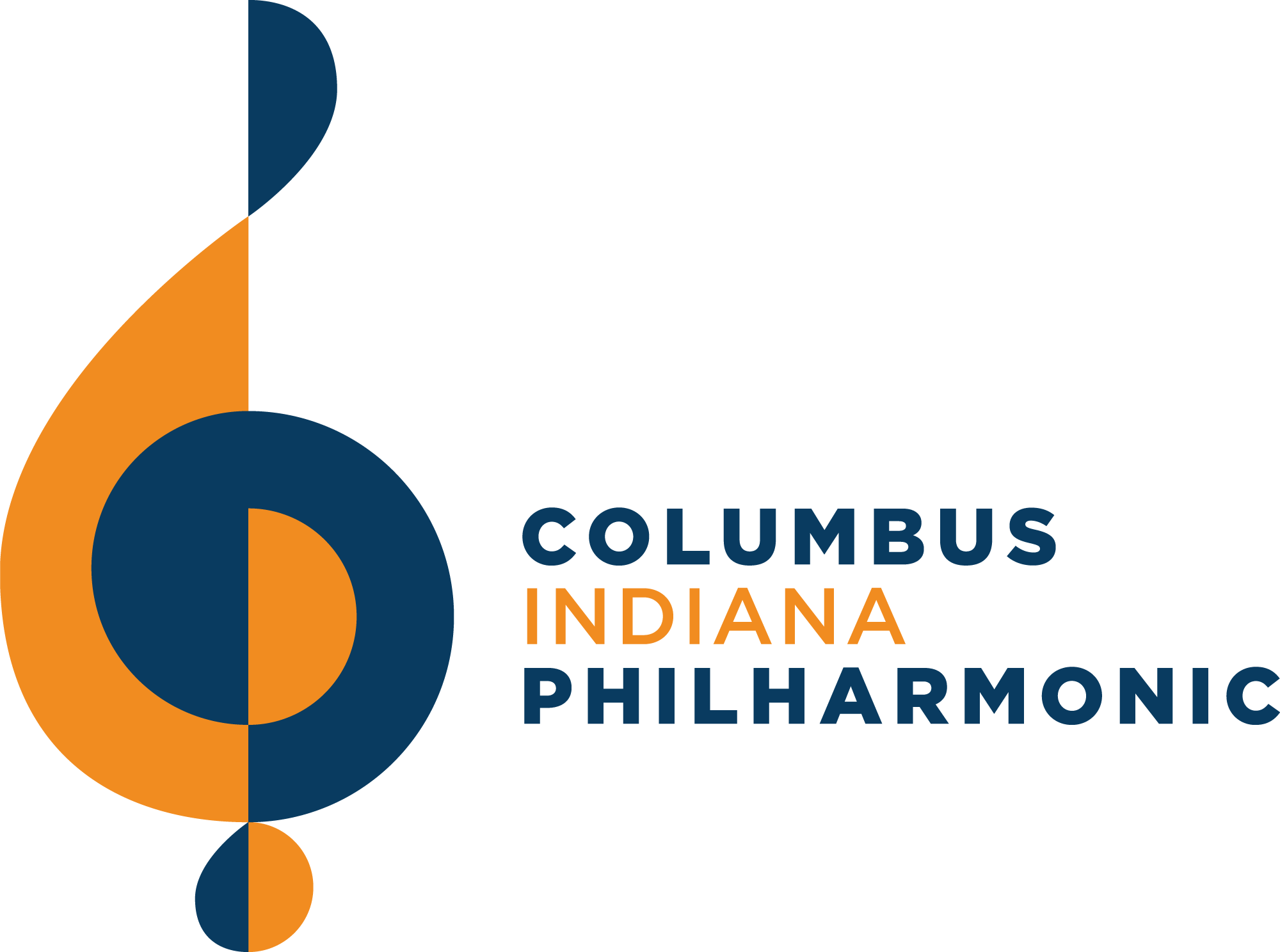Philharmonic Offers Sample of Musical Contrasts
The two works presented Saturday during the Columbus Indiana Philharmonic’s concert in the lush acoustics of First Christian Church offered the listener iconic pieces representative of their contrasting national origins and time: the Requiem, Op. 9 from 1947 by the Parisian composer and organist Maurice Duruflé and the British composer Edward Elgar’s magnificent orchestral Enigma Variations, Op. 36 from 1899.
Duruflé’s setting of movements of the Requiem Mass is imbued with French elegance, perfume and a deep spirituality illuminating the Gregorian melodies from the mass for the dead that Duruflé uses exclusively for his melodic material.
He follows the choices of movements set out earlier by Gabriel Fauré in his 1870/1890 Requiem in D minor, Op. 48. Eschewing the dramatic liturgical texts based on visions of hell and damnation, both composers focused instead on liturgical texts of rest, peace and comfort.
In Duruflé’s hands, the lush harmonic language adds an intensely personal interpretation to each phrase of the simple Gregorian melodies. As he himself wrote: “This Requiem is not an ethereal work which sings of detachment from human concerns. It reflects in the unchanging form of Christian prayer, the anguish of man faced with the mystery of his final end.”
As such, it is entirely reflective of its zeitgeist at the end of the horrors of WWII. The setting is on the whole heartfelt and intimate, and structured with a few powerful climatic outbursts.
Maestro David Bowden seemed to structure his approach to highlight those dramatic moments, but the performance was plagued by several miscalculated decisions in an attempt to deal with the acoustics of the hall and balance the various forces –- organ, chorus, a chamber string group, and trumpets and timpani.
The chorus, which was beautifully trained, had been placed on the floor in the front of the orchestra, ordinarily an excellent decision when singing with an orchestra in a difficult acoustic. The strings were placed on the chancel area above and behind the chorus, and the brass and timpani against the far back wall.
An unfortunate choice of organ registration created an impenetrable curtain of dense sound throughout, even in softer places, consistently masking the requisite clarity of the rest of the ensemble –- including, strangely, even masking the interior counterpoint and arpeggios of the notoriously difficult organ part itself, otherwise played well by guest organist Stephen Black.
This, together, with the trumpets whose placement on the back wall gave them a sounding board to overbalance in the forte passages, created climatic moments which came as a huge wash of sound instead of the intended result of a carefully graded and emotional structural inevitability. The highlights of the performance were the intimate passages sung in beautiful style and sound by the ethereal soprano section of the chorus, as well as the work of the soloists Joseph McBrayer and the heartfelt singing of mezzo-soprano Elizabeth Perry in duet with cellist Liz SeungAh Hong in the Pie Jesu movement.
The final radiant In Paradisum movement was stunningly sung by the chorus bringing the work to a peaceful end.
I usually feel like the music of Elgar can be appreciated only in England played by English musicians, but the Philharmonic and Bowden proved that silly assumption wrong on Saturday.
Under Bowden’s committed and insightful leadership, the orchestra played Elgar’s Enigma Variations with palpable joy and virtuosity, capturing every detail in a memorable performance. Each of the 14 variations was composed as a tribute to a different member of Elgar’s most intimate circle of friends and relatives, capturing not only their particular personalities, but also creating what can now be heard as a perfect nostalgic look at England and the British personality at the end of the 19th century before the 20th century wars.
Imbued with humor, romance and chaotic fun alternating with pastoral qualities and moments of great profundity, this work would become Elgar’s most famous and lasting. Projections of portraits and descriptions identifying each movement’s dedicatee helped guide the audience through the variations.
The most well known ninth variation — Nimrod — has found an independent place of its own as an elegiac memorial piece. Its title, which refers to the Biblical hunter Nimrod, is a double pun on the name of Elgar’s publisher and mentor, August Jaeger, whose name translates in German to “hunter.”
The orchestra and Bowden lovingly shaped Saturday’s performance of this familiar movement to a spectacular climax. The orchestra throughout played magnificently -– radiant brasses, crystal-clear playing from the woodwinds, and the strings brilliant under the leadership of their new concertmaster, Daniel Aizenshtadt.
The variations offered ample opportunity for solo work from the principals of the orchestra, in particular a warm rendition by Logan Strawn of the viola solo in the 10th “Dorabella” variation. Particularly gratifying was the interpretation of the final movement in which Elgar paints his own portrait. It starts off modestly — almost tentatively — gradually growing in confidence and strength into a noble final statement perfectly captured in Saturday’s performance, which brought the appreciative audience immediately to its feet.
Jan Harrington is the chancellor’s professor emeritus of conducting at Indiana University Jacobs School of Music in Bloomington. Send comments to editorial@therepublic.com.

